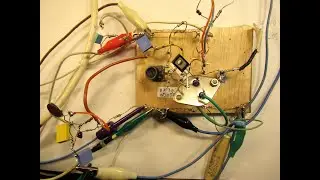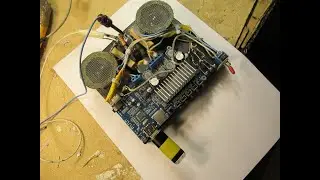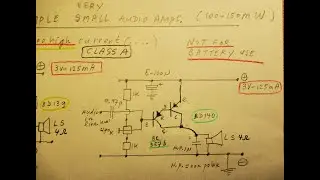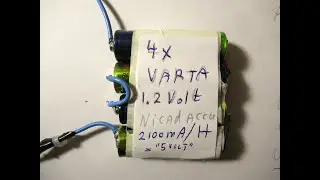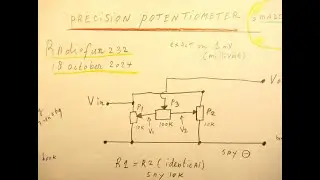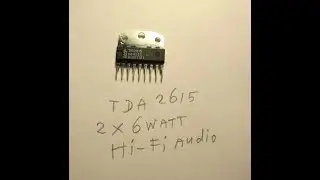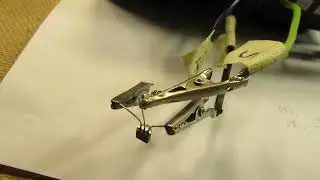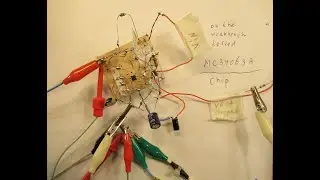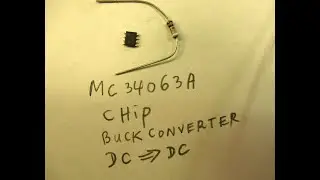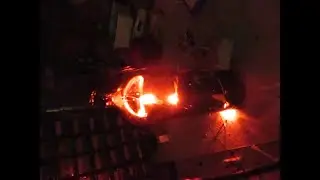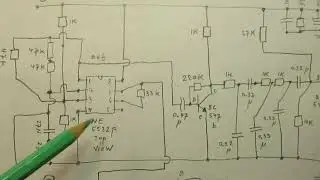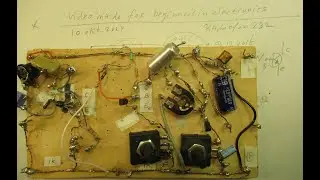Long Wave radio reception (say BBC in Europe) via a 2 transistor setup + a wire antenna (schematic)
Please read the description first.
Schematic of a 2 transistor TRF Radio that can receive radio stations on Long Wave.
Of course (say) the fierce radio stations, like the BBC, sending out of England. In my case: in Europe/Netherlands, anyway, on other places of the world the same circuit can be applied.
There is also a fierce French Radio station in this LW frequency band in Europe.
The propagation of radio signals on Long Wave does (in general) not get very far but, on the other hand, when that radio transmitter works in the KW (Kilowatt) power range, they could get quite far. Depends on night-day situations. Say, e.g. in the Netherlands, in the 1930’s, they could get radio contact from Hilversum (Netherlands) to Malabar in Indonesia, a Dutch former colony.
Of course, all over the world, you can/will receive Long Wave Radio stations, via this 2 transistor circuit, when they send out in the AM (Amplitude Modulated) mode.
At least as long as these Radio Stations exist and are still there. To continue and operate them, in this digital age, where we live now, (2024) costs a lot of money, read: electric enery to serve a (say) 100 Kilowatt radio transmitter.
Anyway: this very simple TRF setup is also usable to make a simple TRF radio for the MW (Medium wave) band, that goes from (say) 800 KC to 1,6 MC.
It is not (no longer) very suitable for SW (2 MC-30 MC) because of its low selectivity, realized by only 1 (one) tuning (antenna) coil that has to do the job on its own.
But you can surely try to get this simple TRF setup working up to (say) 2 or 3 MC, with high quality coils, coupled to an antenna (wire or loop type) that acts, in combination with these input coils (TRF types), in a proper way. Thus properly/ideally adapted to such a (one specific) SW frequency in the 2-3 MC range.
I once (1980’s) made such a TRF setup on (say) 2 or 3 MC, with with I could reproduce weather cards (fax. reception) from Bracknell in the UK. On my computer.
Nowadays (2024) that can easily be done via SDR (Software Defined Radio) and a suitable antenna. The antenna (tuned to frequency x) is and stays thus the “crux” for the best radio reception on whatever frequency.
On higher than 3 MC this good selectivity can no longer be realized, there you need the Superheterodyne principle for a proper sharp radio reception.
Important: a good quality pre-amp and end-amp must be connected to this simple TRF 2 Transistor radio setup.
My You Tube channel trailer is here:
Type there the keywords that you like (e.g. radio/audio/amplifiers/test/filter/) in the “looking glass” = search function” and give “enter”. Via that you can find specific video’s (under the say 1500 published).
When you search, search always “NEWEST FIRST” to get the right overview.
You can also search via the “looking glass” on my Channel trailer via keywords like ”audio”, “radio”, “amplifier”, “filter”, “Shortwave”, “transistor”, “FET”, “oscillator”, “generator”, “switch”, “schmitt trigger” etc; so the electronic subject you are interested in.
My books about electronics & analog radio technology are available via the website of "LULU”, search for author “Ko Tilman” there.
https://www.lulu.com/search?adult_aud...
I keep all my YT videos constant actual, so the original video’s with the most recent information are always on YouTube. Search there, and avoid my circuits that are republished, re-arranged, re-edited on other websites, giving not probable re-wiring, etc. Some persons try to find gold via my circuits. I take distance from all these fake claims. Upload 5 May 2024.
NB: by the way: a wire antenna spanned out (inside or outside) is also, in a certain way, direction sensitive. I did not want to focus on that, here, in this video. Antenna technology is in a certain way a sea to drink.








